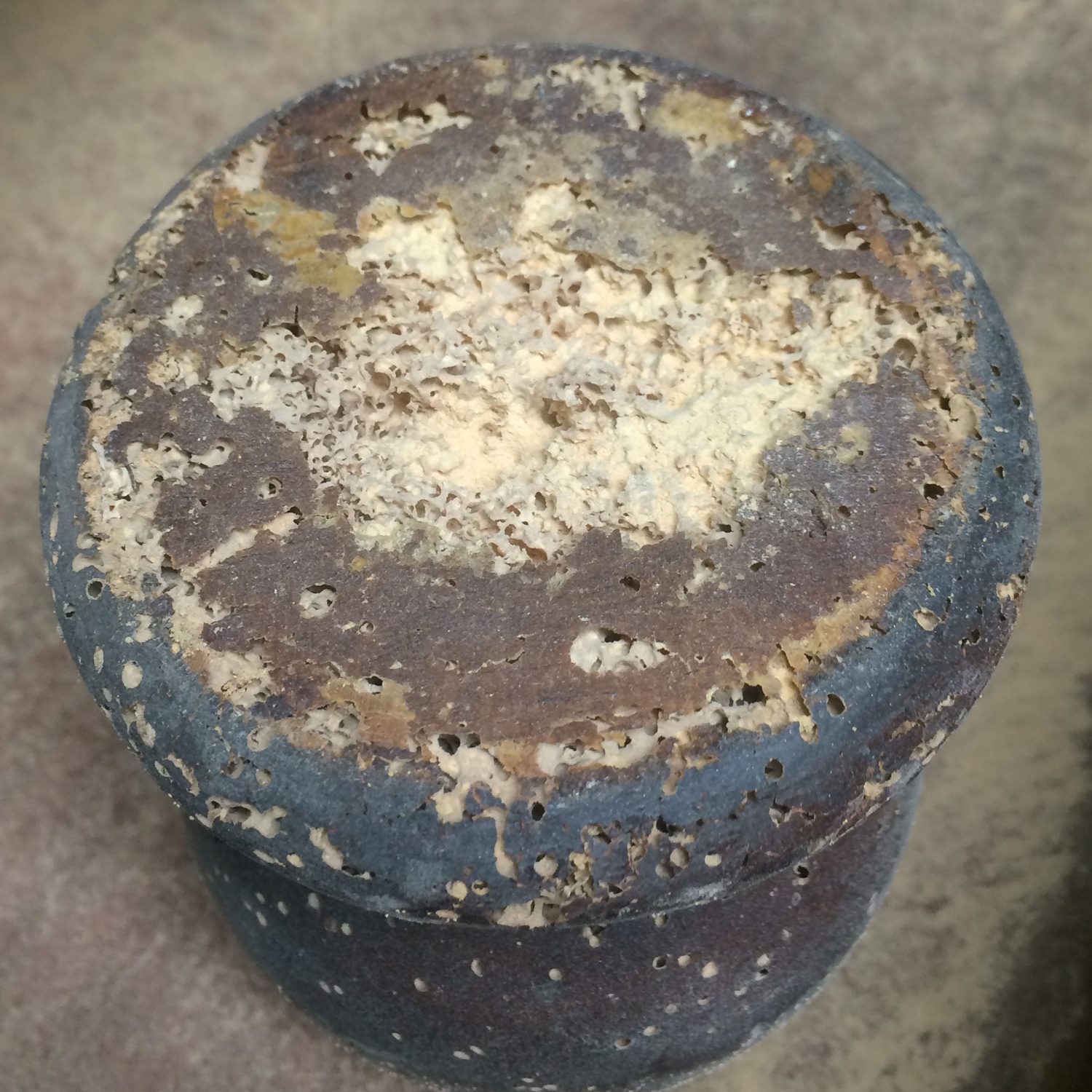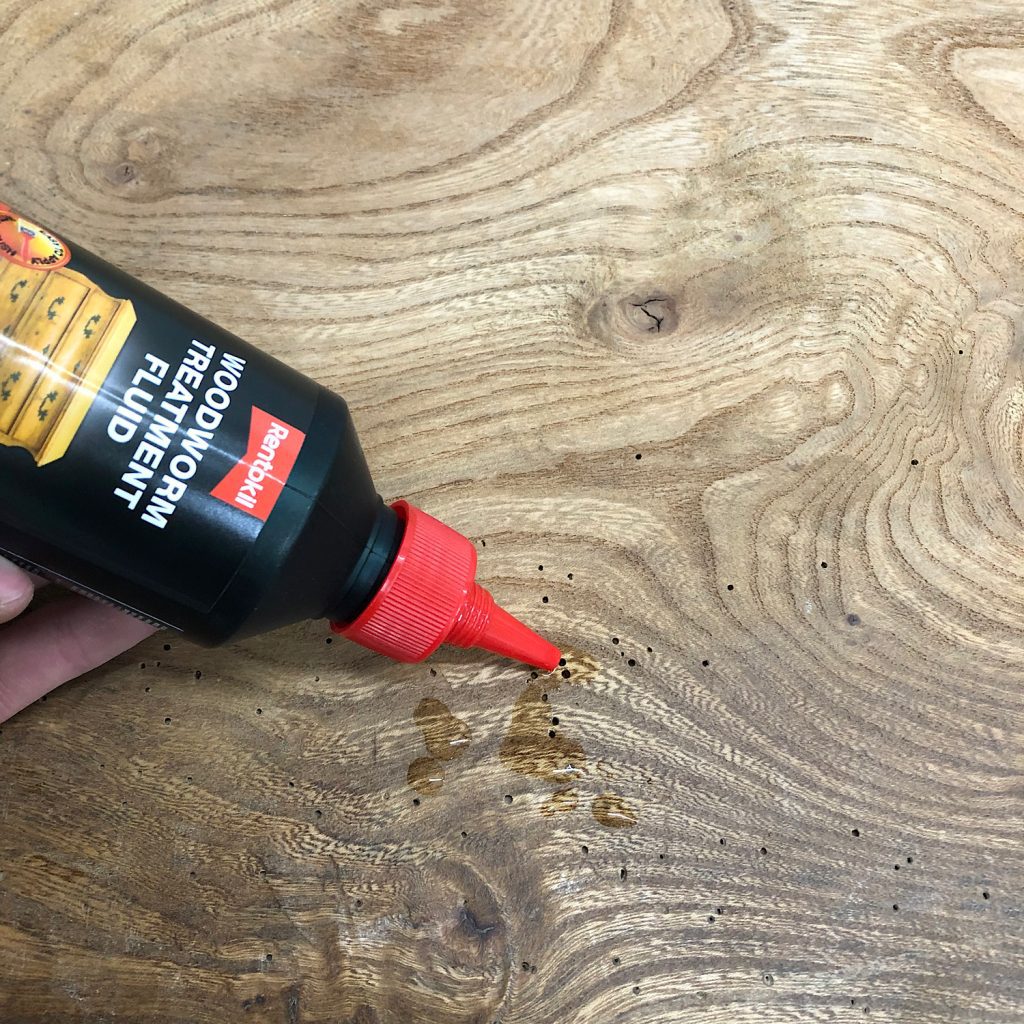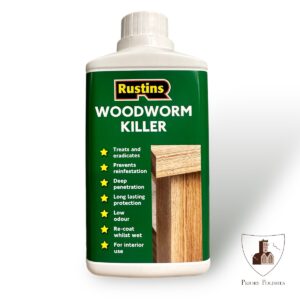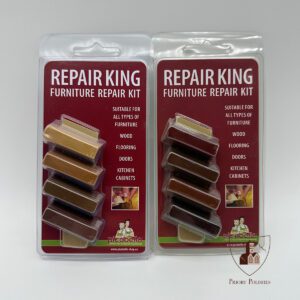Woodworm are very small beetles that bore into your wood and if left for a long length of time can eat away at your furniture and weaken the construction. Woodworm actually starts as a larvae but once they fully mature, they turn into adult beetles that can fly and spread to other wood within your home. The adult woodworm will produce larger holes and can eat away faster. They mainly only eat softwoods such as pine, as hardwoods are too strong for them. They can eat some hard woods when the timber is damp and softer.
How to spot woodworm on your furniture
Woodworm holes are usually small round holes and if active, will have very fine dust particles coming out of them. You can see tunnels within the timber and the timber can become weak and crumbly.
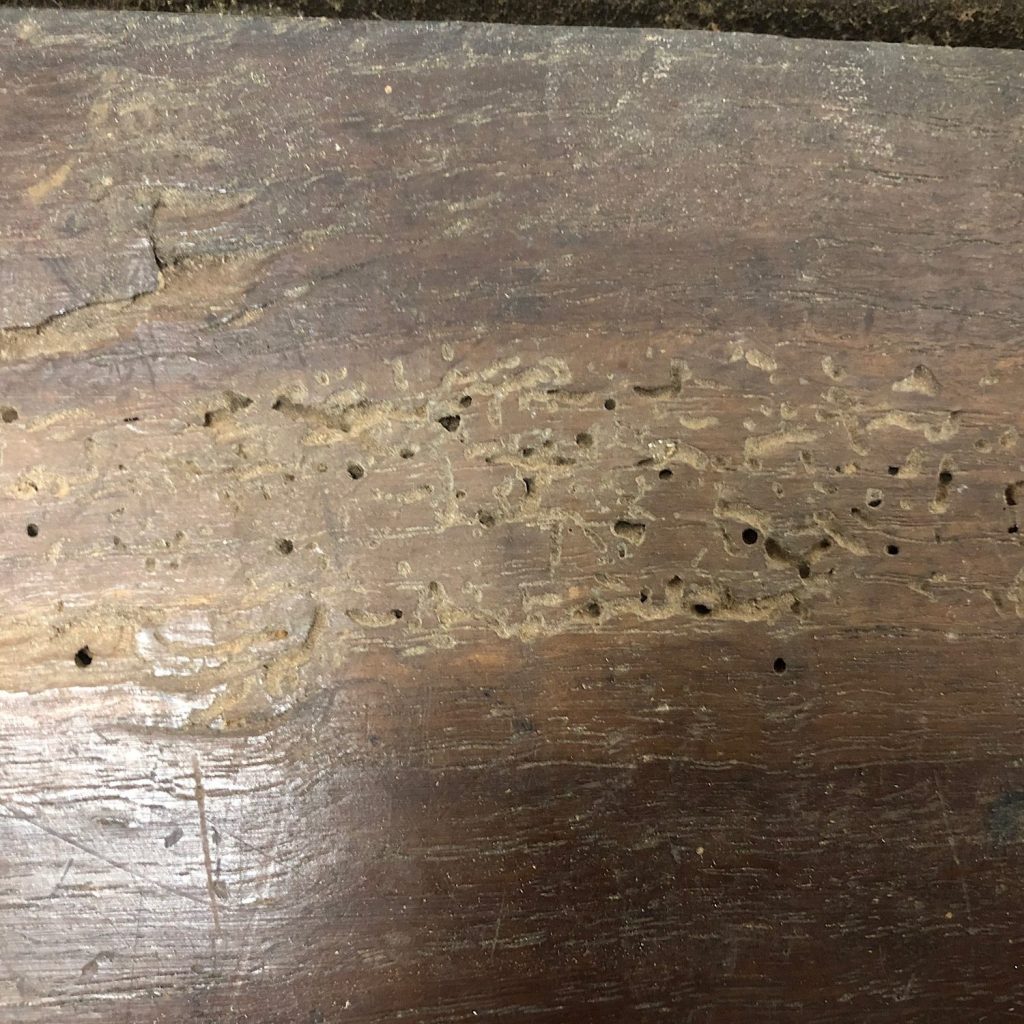
What to do if you have Woodworm in your furniture
If you spot wood worm in your timber, it is always best to act as quickly as possible to ensure there is no further spreading to other wood in your home.
First use a well known Wood Worm killer / Treatment like Rustins Woodworm Treatment. This has an injecting nozzle that you can put directly into the holes. This ensures the treatment runs into each of the tunnels so covering all areas of where the woodworm has travelled. You can also apply heavily with a brush and allow it to soak into the timber. It is low odour and fast drying so can be used in your home without fumigation, but always ensure the room is well ventilated. I would recommend doing at least two good applications to ensure you have killed all the remaining woodworm. The woodworm treatment kills eggs, grubs, larvae and beetles as well as helping prevent re-infestations from occurring.
What to do once treated
Once dry, there are several methods of disguising the holes.
- For minor holes to fill, we offer several coloured shellac filler sticks and soft wax filler sticks including a repair kit with spatula. You can heat up and melt the wax stick directly into the holes. The other method is to warm a small piece in your fingers and then simply push it into each hole and use the spatula to scrape off the excess. Then simply buff off using a clean cloth. Always finish using a good quality wax.
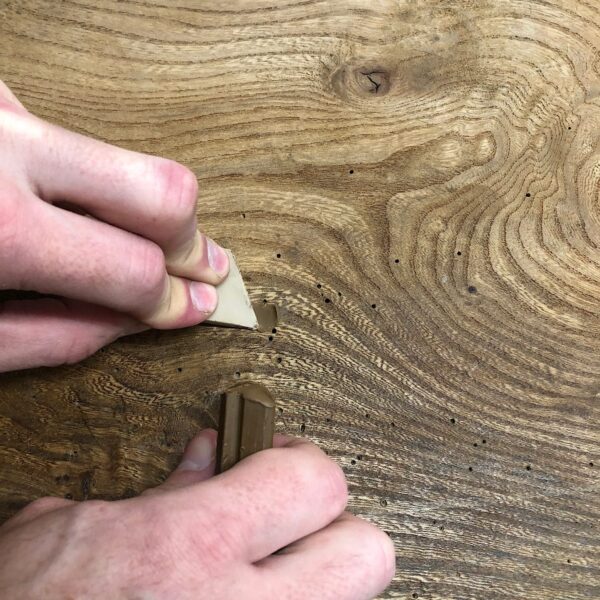
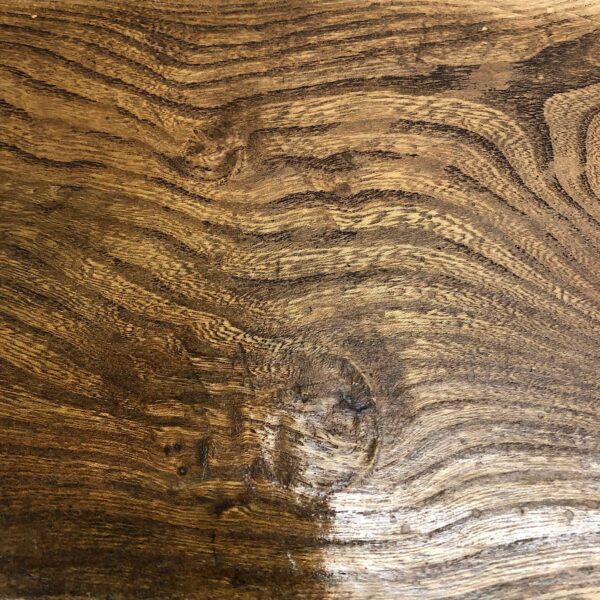
- On larger holes you can use Liberon Wood Filler, this comes in several shades. Use a scraper to apply the filler and then sand off the excess. The only problem with this method is, you will need to re-polish the area you are sanding.

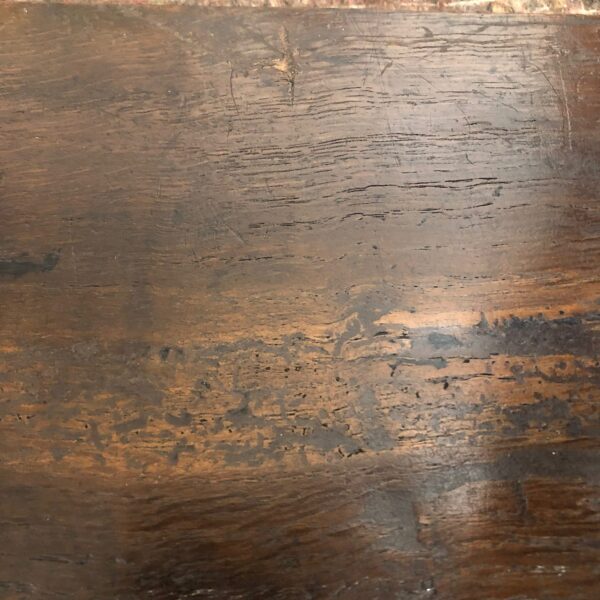
- On very weak wood that has been badly eaten, you will need to use a wood hardener first to help with the strengthening the wood. This can then be filled using a two-part wood filler which will also help strengthen the wood. This will need to be sanded flat and then again, re-polished. It is also ideal if the furniture is being painted as it will disguise the filler and filled holes.

